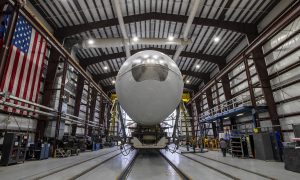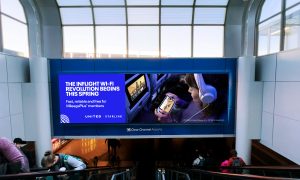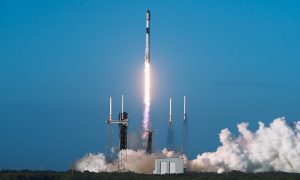News
SpaceX targets Jan. 8 for Falcon 9 return to flight from Vandenberg
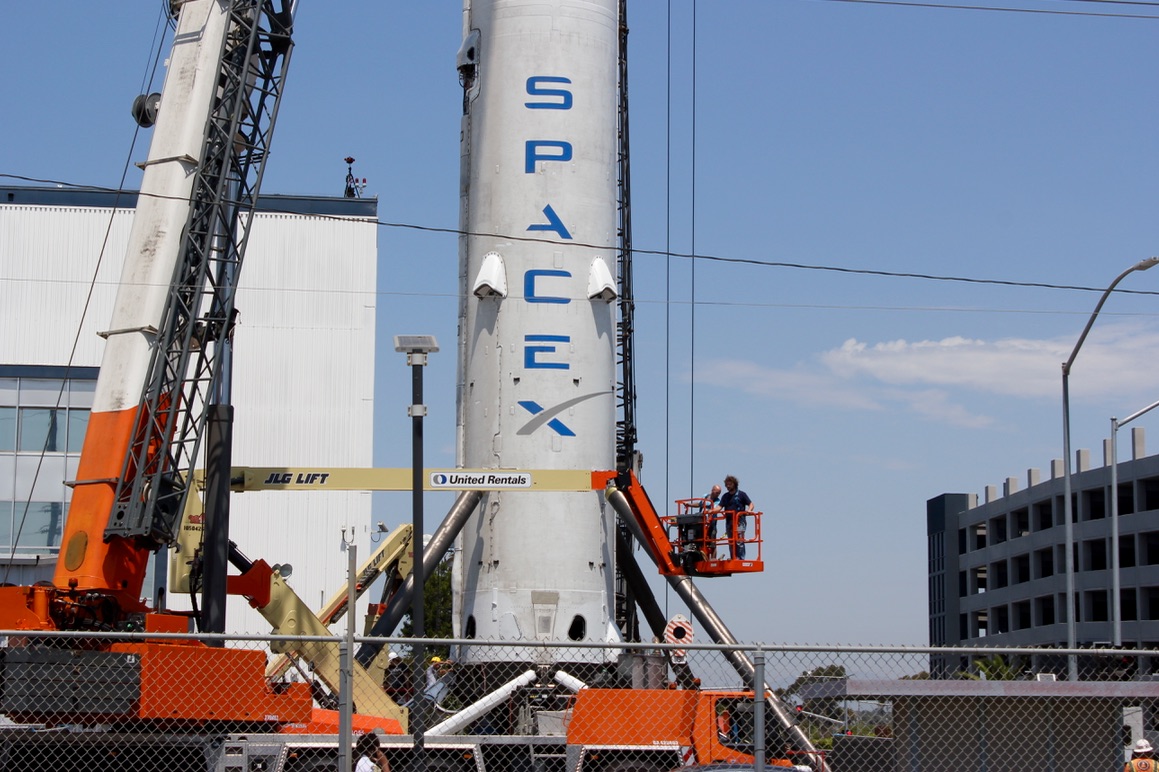
After months of whirling questions and nervous anticipation, SpaceX has finally submitted its official investigation report to the U.S. Federal Aviation Administration (FAA) detailing the causes of the September 1, 2016 anomaly and explosion, costing the company its rocket and entire customer payload. SpaceX’s launch activities have been on hold ever since; a potential December 16, 2016 return to flight was delayed from the pending submission of the anomaly report at the time.
Updated: SpaceX postpones launch date by one day to Monday, Jan. 9
Targeting return to flight from Vandenberg with the @IridiumComm NEXT launch on January 8. Update: https://t.co/15yMaiobpX
— SpaceX (@SpaceX) January 2, 2017
Immediately following the explosion, an investigation team was assembled to support SpaceX’s review efforts including officials from the FAA, NASA, and the National Transportation Safety Board (NTSB) as well as industry experts to pour through all available data before conclusions were submitted. The determination? Buckles in the helium tank plus friction. Probably. Almost certainly.
To summarize, there are three helium tanks (called composite overwrapped pressure vessels, or COPVs) inside the Falcon 9’s second-stage liquid oxygen tank. One of the helium tanks failed (leaked/cracked/burst) during fueling, causing the massive explosion seen on the launch pad.
While a single, conclusive cause of failure was not identified, enough evidence was found to narrow the culprit to liquid or solid oxygen that was caught between the outer (carbon overwrap) shell of the tank and the inner aluminum liner which had buckled underneath. Once pressurized, friction was created where the buckled liner gaps occurred, causing the COPV/helium tank to fail.
SpaceX will be adjusting its fuel loading procedures to prevent any potential reoccurrence of the issue in the meantime, and will work towards design changes for future flights.
If the required launch license is granted and weather and technical systems are “go”, Falcon 9 will lift off from Vandenberg Air Force Base, California on January 8 carrying the first ten Iridium NEXT constellation satellites. Iridium responded from its official Twitter account that it was “pleased” with the launch date announcement.
“Iridium is pleased with SpaceX’s announcement and targeted launch date of January 8 for the first #IridiumNEXT launch. #NEXTevolution https://t.co/zWdkK8FrLG
— Iridium (@IridiumComm) January 2, 2017
Over the last month, Iridium has come across as one excited customer. Prior to SpaceX’s latest launch date announcement, the official Iridium Twitter account announced that its Iridium NEXT satellite payload had been packed up into the Falcon 9 fairing as part of pre-launch preparation.
Milestone Alert: The first ten #IridiumNEXT satellites are stacked and encapsulated in the Falcon 9 fairing. #NEXTevolution @SpaceX pic.twitter.com/W3Sz067pbt
— Iridium (@IridiumComm) December 29, 2016
Satellites have been fueled, pressurized & dispenser tiers are being stacked as we move closer to first launch #IridiumNEXT #NEXTevolution pic.twitter.com/eVYS7OI6kz
— Iridium (@IridiumComm) December 27, 2016
Iridium has also shown great support for SpaceX as a partner despite the accident investigation that had been previously pending.
Iridium's @Falcon9_rocket in processing at @VandenbergAFB, getting ready for our launch in early Jan. Progress! #Thistimeitsforreal! pic.twitter.com/vIgw60RQuZ
— Matt Desch (@IridiumBoss) December 16, 2016
We support @SpaceX announcement today to extend the 1st #IridiumNEXT launch date into early January. https://t.co/xpj7RnWoGO
— Iridium (@IridiumComm) December 7, 2016
After the Iridium launch, SpaceX will move on to its very busy, catch up manifest which will include the first use of renovated historic Launch Complex 39A at NASA’s Kennedy Space Center in Florida.
Cybertruck
Tesla unveils new Cybertruck configuration, but not in the U.S. (yet)
Tesla’s Rear-Wheel-Drive trim of the Cybertruck has arrived, but not in the U.S. quite yet.
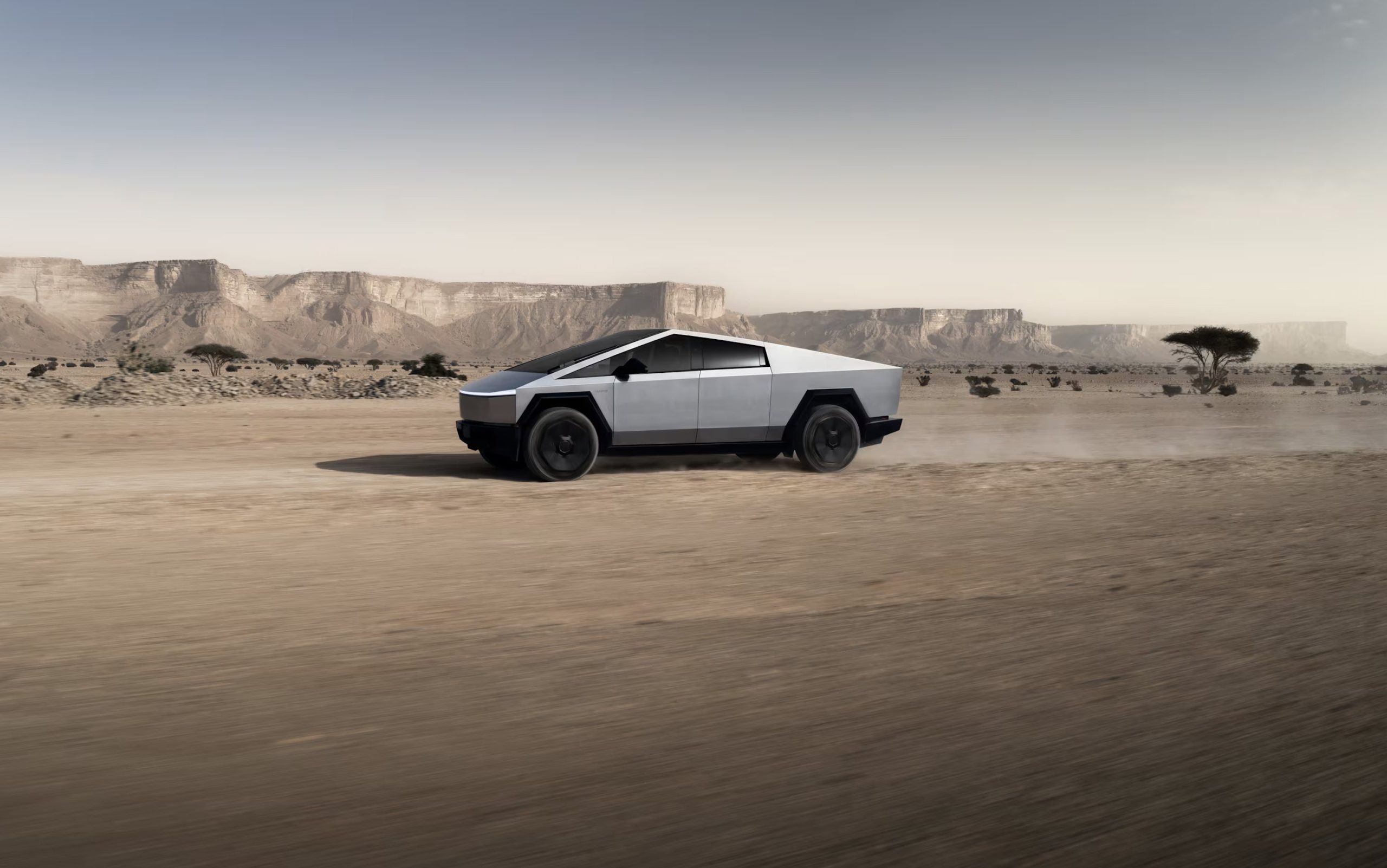
Tesla has officially unveiled a new configuration of the Cybertruck with a new Long Range Rear-Wheel-Drive trim, but it is not yet available in the United States.
Instead, Tesla is advertising the vehicle on its website in Saudi Arabia, a market where it launched deliveries for the first time today, April 10.
🚨 Tesla unveils Long Range Rear-Wheel-Drive Cybertruck. It is currently being offered in the Saudi Arabian market.
There is no listed price as of yet. pic.twitter.com/aDDgDEIEQt
— TESLARATI (@Teslarati) April 10, 2025
Tesla has always planned to launch this configuration of the Cybertruck, as in November 2019, at the vehicle’s unveiling event, it was the most affordable and most accessible trim, priced at just $39,990.
However, Tesla did not launch it right away, instead focusing on the All-Wheel-Drive trim levels that appeared to be in higher demand. Now, it is gearing up for its launch as planned for late 2025, but it is limiting orders to the Middle East, at least for now.
Specs
The specs of the new Tesla Cybertruck trim are as follows:
- Range – 350 miles/563 kilometers
- Acceleration – 6.6 seconds 0-100 km/h
- Top Speed – 180 kmh/111 MPH
- No adjustable air suspension
- No rear touchscreen
- Price not listed
U.S. Launch
While Tesla has not listed this specific trim of the Cybertruck in North America yet, it is likely that the company will launch it in the United States later this year.
Tesla has said that this trim level would be available in the U.S. in late 2025, and we would imagine that is still the plan. The reasoning for launching it in the Middle East before it heads to the U.S. is unknown, but it could have something to do with regulatory processes, specifically the EPA and its approval processes.
In the broader scope of things, launching this Cybertruck version in the U.S. could help to improve Tesla’s delivery figures for years to come after its launch.
Many people have been hoping for Tesla to launch a Cybertruck that is more affordable, and it could be a big reason the pickup has not been a bigger seller (despite being the best-selling EV pickup on the market).
This could be the key to unlocking more demand for the Cybertruck, especially in the U.S.
Cybertruck
Tesla confirms Cybertruck will make its way out of North America this year
The Tesla Cybertruck is headed to a new market outside of North America.
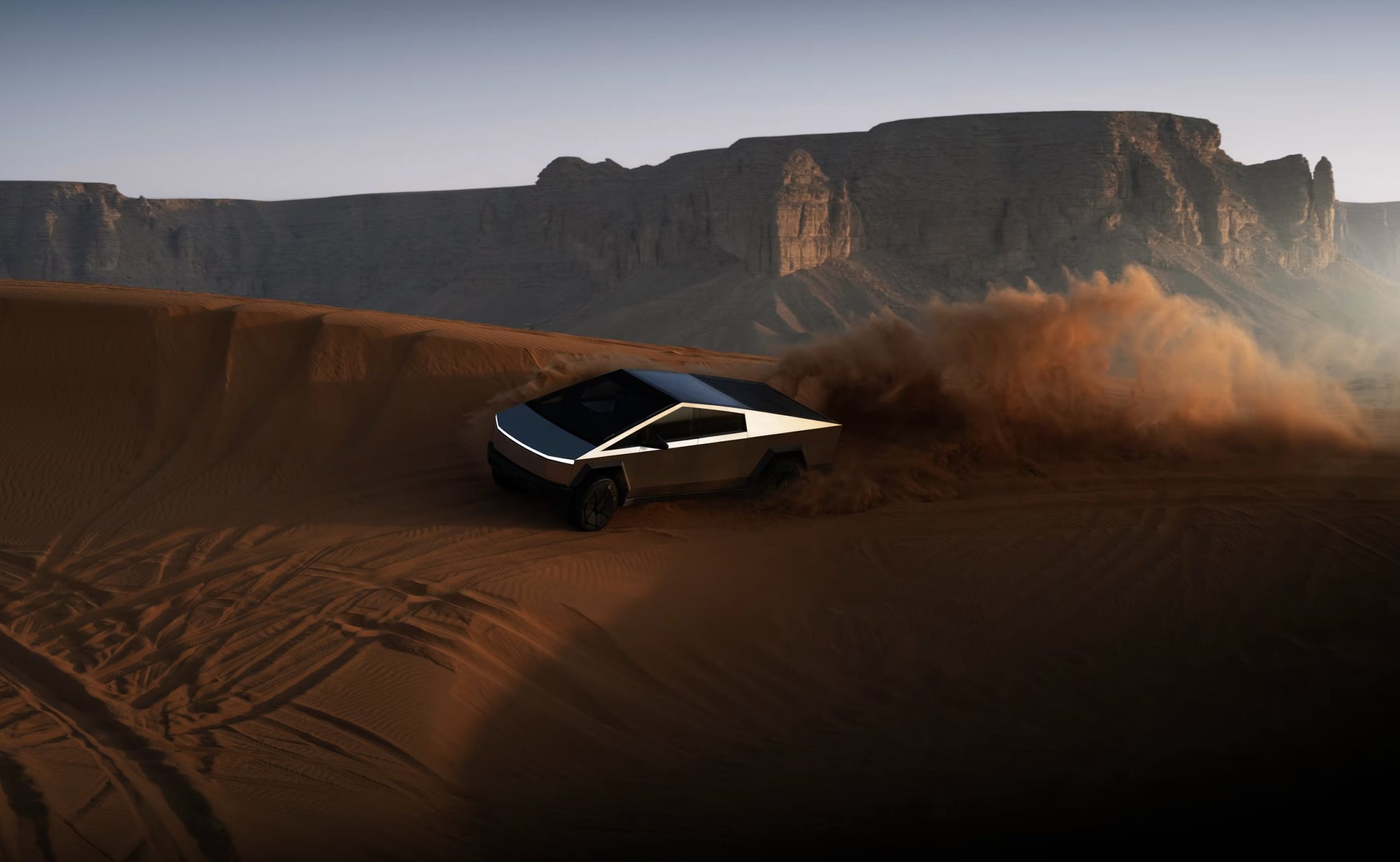
Tesla has confirmed that it will officially launch Cybertruck deliveries outside of the United States, Canada, and Mexico for the first time later this year.
It will be the first time the Cybertruck officially launches outside of North America, and will land in Saudi Arabia, the United Arab Emirates, and Qatar in late 2025.
🚨 Tesla has confirmed that the Cybertruck will OFFICIALLY make its way out of North America in late 2025 as it is launching deliveries in Saudi Arabia, the United Arab Emirates, and Qatar! pic.twitter.com/ghOhOowF3I
— TESLARATI (@Teslarati) April 10, 2025
Tesla launched deliveries in Saudi Arabia for the first time today, bringing its cars to the Middle East and launching a new market of availability.
With the big money available in the region, Tesla is surely positioned well, especially as the Cybertruck continues to be a vehicle that celebrities have flocked toward since deliveries began in late 2023.
Tesla will likely be shipping these vehicles from Gigafactory Texas to the Middle East, as both Giga Berlin and Gigafactory Shanghai have not established Cybertruck production lines. It will be interesting to see how soon Tesla can iron out this logistics process and whether it can stick to this timeline.
After the launch of the Cybertruck, many wondered when Tesla would launch it in a market outside of North America. Many speculated whether the company would follow through on the smaller version of the all-electric pickup that CEO Elon Musk hinted toward a few years ago.
Elon Musk hints at smaller Tesla Cybertruck version down the road
However, that smaller design is likely not needed for the roads of Saudi Arabia and other neighboring countries. Tesla truly considered that abbreviated version for Europe and Asia, where streets and homes are more compact.
Investor's Corner
Tesla negativity “priced into the stock at its current levels:” CFRA analyst
The CFRA analyst has given Tesla a price target of $360 per share.
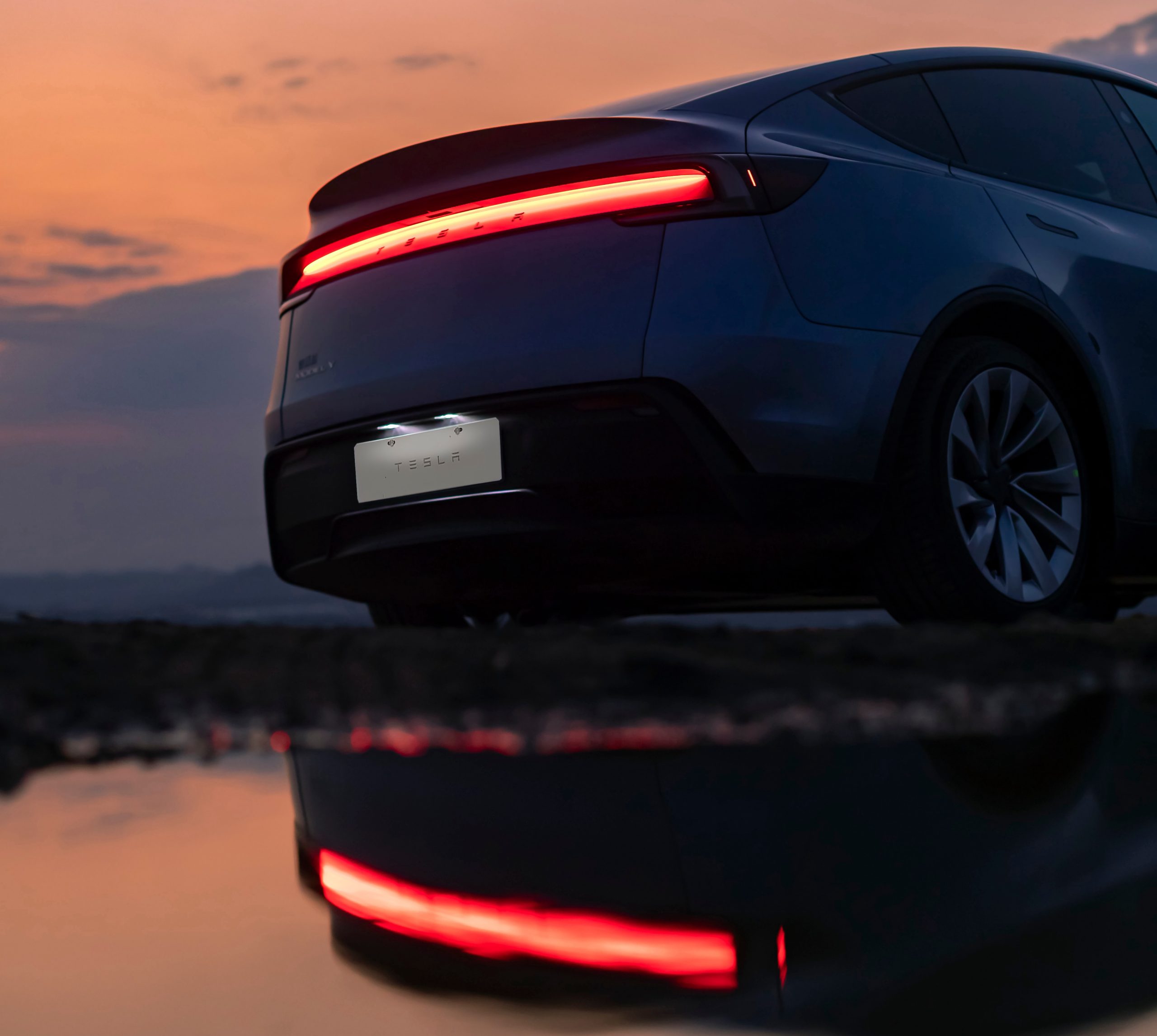
In recent comments to the Schwab Network, CFRA analyst Garrett Nelson stated that a lot of the “negative sentiment towards Tesla (NASDAQ:TSLA) is priced into the stock at its current levels.”
The CFRA analyst has given Tesla a price target of $360 per share.
Q1 A Low Point in Sales
The CFRA analyst stated that Tesla’s auto sales likely bottomed last quarter, as noted in an Insider Monkey report. This was, Nelson noted, due to Q1 typically being the “weakest quarter for automakers.” He also highlighted that all four of Tesla’s vehicle factories across the globe were idled in the first quarter.
While Nelson highlighted the company’s changeover to the new Model Y as a factor in Q1, he also acknowledged the effects of CEO Elon Musk’s politics. The analyst noted that while Tesla lost customers due to Musk’s political opinions, the electric vehicle maker has also gained some new customers in the process.
CFRA’s Optimistic Stance
Nelson also highlighted that Tesla’s battery storage business has been growing steadily over the years, ending its second-best quarter in Q1 2025. The analyst noted that Tesla Energy has higher margins than the company’s electric vehicle business, and Tesla itself has a very strong balance sheet.
The CFRA analyst also predicted that Tesla could gain market share in the United States because it has less exposure to the Trump administration’s tariffs. Teslas are the most American-made vehicles in the country, so the Trump tariffs’ effects on the company will likely be less notable compared to other automakers that produce their cars abroad.
-
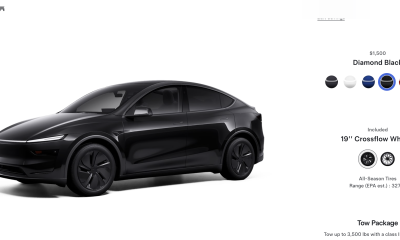
 News6 days ago
News6 days agoTesla rolls out new, more affordable trim of the Model Y Juniper in U.S.
-

 News1 week ago
News1 week agoTesla shares Optimus’ improved walk in new update video
-

 Elon Musk2 weeks ago
Elon Musk2 weeks agoTesla vandal who lit Las Vegas repair center on fire arrested
-

 Elon Musk2 weeks ago
Elon Musk2 weeks agoElon Musk clarifies Trump tariff effect on Tesla: “The cost impact is not trivial”
-
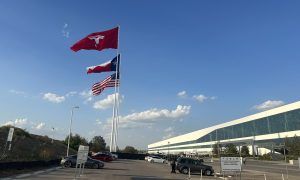
 News2 weeks ago
News2 weeks agoTesla US Gigafactories shields from Trump’s 25% Tariffs
-
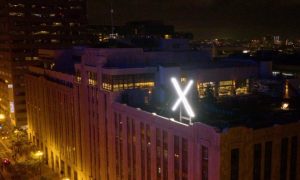
 Elon Musk2 weeks ago
Elon Musk2 weeks agoMusk says xAI has acquired X in $33 billion stock deal
-
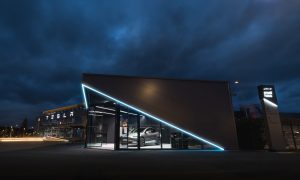
 Elon Musk1 week ago
Elon Musk1 week agoTesla Germany reports 4,935 units sold in Q1 2025
-
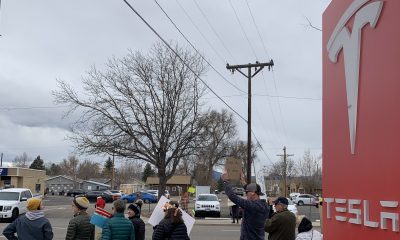
 Elon Musk2 weeks ago
Elon Musk2 weeks agoTesla vehicles hit by ATV, suspect caught by Sentry Mode





